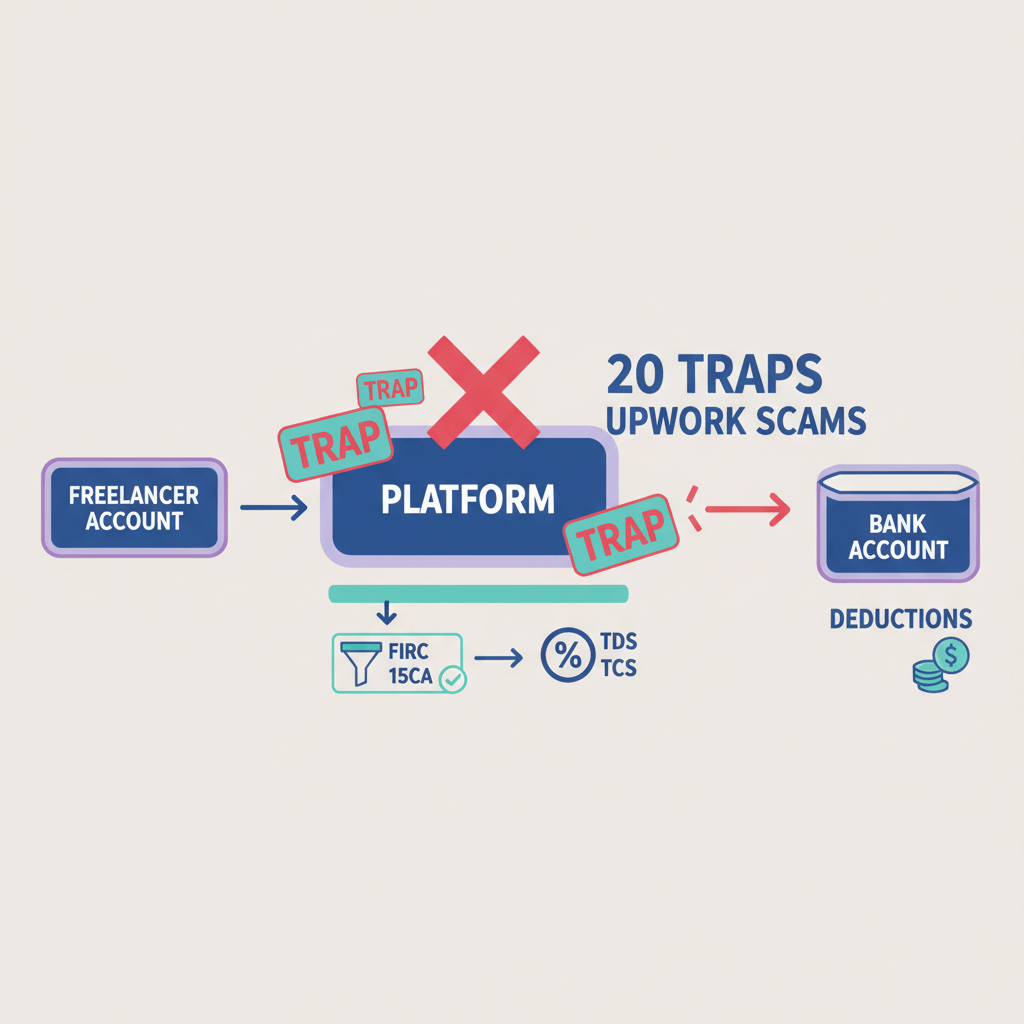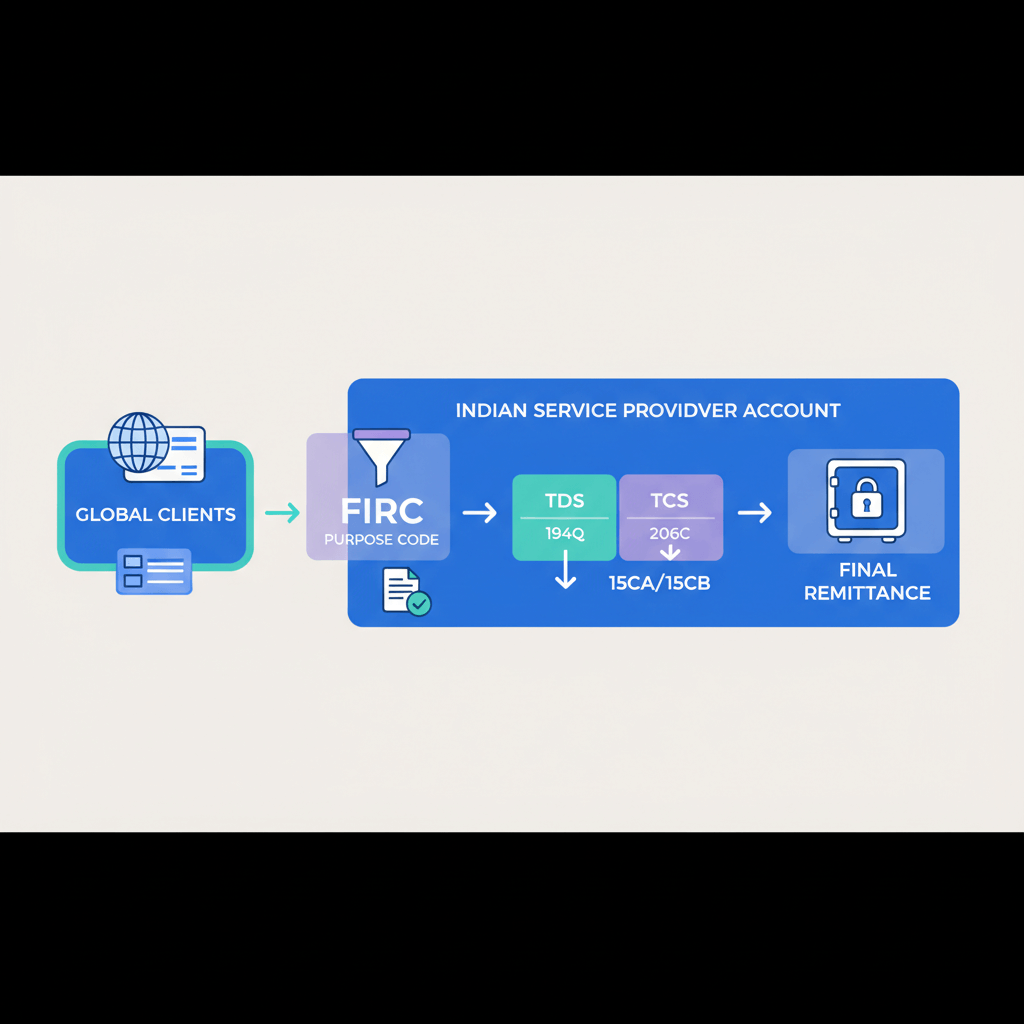Let’s explore opportunities, tailor strategies, and chart a course to financial success together.
The world is getting closer with globalization, but when it comes to cross-border transactions, the right payment method can make all the difference. Whether you are managing international clients as a business owner or receiving payments from abroad as a freelancer, the right international business payment method ensures cost-effectiveness, security, and convenience.
In this guide, we’ll break down the most popular international business payment methods, their pros and cons, and how they compare to one another.
Why Choosing the Right International Business Payment Method Matters
Selecting the wrong payment method can lead to:
Higher Fees: Some methods charge excessive transaction or conversion fees.
Delays: Not all methods are instantaneous. Delayed payments can disrupt business operations.
Risk: Security is a significant concern in cross-border transactions.
By knowing the functionality of all methods, you can manage to mitigate these challenges by optimizing your financial workflows.
Popular International Business Payment Methods
1. International Transfer Providers
Examples: Karbon, Wise, Western Union
Best For: Freelancers, small, and medium-sized businesses.
These providers specialize in cross-border transactions with competitive exchange rates and low fees compared with traditional banks.
Advantages:
Faster processing times
Transparent fees and exchange rate
Drawbacks:
Limit support for personal payments
2. Payment Gateways
Examples: PayPal, Stripe, Razorpay
Best For: E-commerce businesses, small transactions.
Payment gateways are the go-to choice for businesses selling products or services online. They integrate directly into websites, which allows customers to pay in their preferred currencies.
Advantages:
Instant payment processing
Support multiple currencies
Easy interfaces
Drawbacks:
Higher transaction fees as compared to others
Restricted in some regions
3. Debit and Credit Cards
Best For: Individuals and small businesses
Debit and credit cards are widely used for international payments since they are simple and accepted across the world.
Advantages:
Instantaneous payments.
Minimal setup needed.
Drawbacks:
High fees on currency conversion.
Vulnerability to fraud in case the cards are not kept secure.
4. Digital Wallets
Examples: Google Pay, Apple Pay, Samsung Pay
Best For: Quick transactions, especially for mobile users.
Digital wallets are being increasingly used because of its user-friendliness and the security features.
Advantages:
No need to carry bank details at the time of transactions.
Transactions are encrypted for security purposes.
Drawbacks:
Low acceptance for international trade.
Dependent on smartphone technology.
5. Prepaid Cards
Examples: Forex travel cards, virtual prepaid cards
Best For: Frequent travelers, managed expenditure.
Prepaid cards enable one to upload a certain amount of money in a specific foreign currency, eliminating any changes in the exchange rates.
Advantages:
Controlling spending and transparency
Lower conversion fees
Drawbacks:
Reloading can be tedious.
Only with specific merchants
6. Direct Bank Debits
Examples: ACH (USA), SEPA (Europe)
Best For: Recurring payments, subscriptions
Direct bank debits enable businesses to automatically withdraw funds directly from the client's account, making sure the payments are on time.
Advantages:
Less expensive for regular transactions
Simple and secure.
Drawbacks:
Limited to supported regions.
Slower than other methods.
7. Escrow Services
Examples: Escrow.com, Payoneer Escrow
Best For: High-value transactions requiring trust.
Escrow services secure funds until the parties complete their obligations to minimize disputes.
Advantages:
Secure and reliable.
Promotes fair trade practices.
Drawbacks:
Service charges.
Long time before fund release
8. E-Invoicing Platforms
Examples: Bill.com, Zoho Invoice
Best For: Automating B2B payments tied to invoices.
E-invoicing platforms help streamline international transactions by connecting invoicing and payment procedures.
Advantages:
Automate workflows.
Record-keeping is improved.
Drawbacks:
Subscription fees.
Complexity of setting up for small businesses.
9. Foreign Currency Accounts
Examples: Wise Multi-Currency Account, HSBC Foreign Currency Account
Best For: Businesses doing transactions in several currencies.
Foreign currency accounts enable the holding of funds in many currencies and do not incur constant conversions.
Advantages:
More competitive exchange rates.
It is easy to manage international finances.
Drawbacks:
Monthly maintaining fees
Heavy financial monitoring.
Comparison of Payment Methods
How to Choose the Right Payment Method
When selecting a payment method for international transactions, consider the following factors:
- Transaction Size: For small payments, payment gateways or digital wallets are ideal. Larger payments may require SWIFT or blockchain methods.
- Cost: Compare transaction and conversion fees.
- Speed: Choose methods that match your urgency.
- Security: Opt for secure platforms with encryption or escrow options for high-value transactions.
Conclusion
When it comes to international business payment methods, research thoroughly.
Businesses have a wide range of choices that can ensure both parties involved in a transaction are satisfied. Familiarizing yourself with different common payment methods can greatly contribute to achieving this goal.
Karbon offers business accounts tailored to the needs of companies engaged in international business. These include:
- A multi-currency virtual business account..
- FX services with competitive exchange rates.
Whether you prefer the simplicity of payment gateways or the security of SWIFT payments, Karbon can help you get started with your international business payment needs. We specialize in cross-border payments for Indian businesses. You can always speak to an expert at Karbon to learn more!
FAQs
1. What is the cheapest method for international payments?
International transfer providers like Karbon often offer the lowest fees.
2. Are SWIFT payments safe?
Yes, SWIFT payments are highly secure, but they can be costly and slow.
3. Can small businesses use escrow services?
Yes, many escrow platforms cater to businesses of all sizes, ensuring secure high-value transactions.
4. What’s the best method for recurring payments?
Direct bank debits or e-invoicing platforms are ideal for recurring payments.
5. What is the most secure payment method for international trade?
SWIFT payments and foreign currency accounts are usually the most secure forms of international trading payment. They tend to provide the greatest degree of encryption and are strongly regulated.
6. Are digital payment platforms better than banks for cross-border payments?
Many of the platforms, such as Wise, Payoneer, or PayPal, provide faster and cheaper alternatives than traditional banking methods, including SWIFT payments. This service is appropriate for small and medium businesses that want to minimize cost while ensuring speedy transactions, but for big and more complex transactions, banks still have higher security and service.











